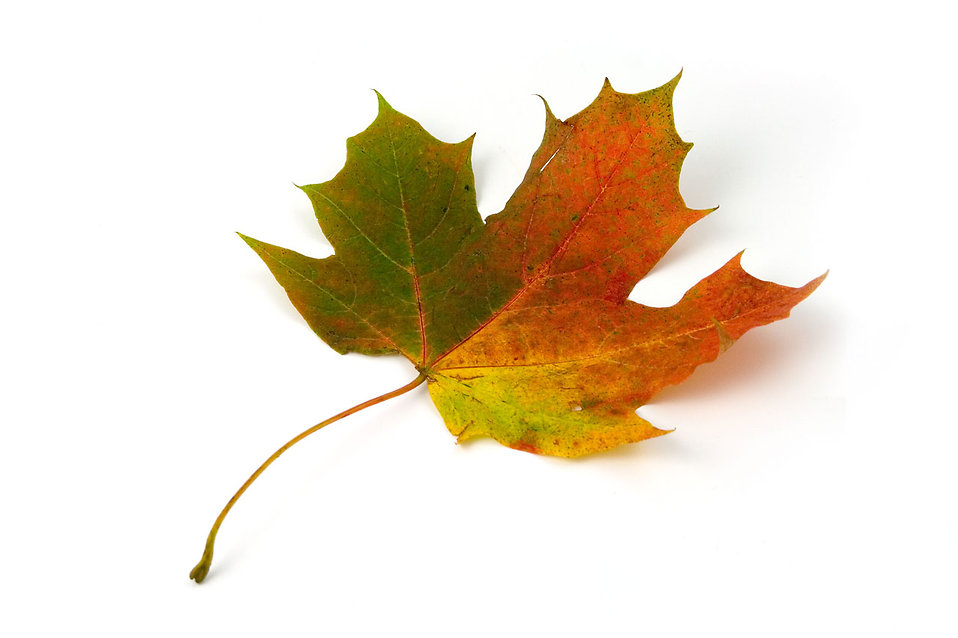 We all know trees die to make paper, right? Well, not really, as Will Glassman in Inspired School Marketers explains:
We all know trees die to make paper, right? Well, not really, as Will Glassman in Inspired School Marketers explains:
“I live within walking distance of Historic Rittenhouse Town in Philadelphia,” writes Glassman. “William Rittenhouse built America’s first paper mill at the confluence of the Wissahickon and Monoshone creeks in Germantown in 1690. The mill expanded and continued as a viable commercial operation until 1840. What is striking about the history of papermaking at the site is quite surprising – no trees were used for pulp. Due to the burgeoning growth of linen mills in Germantown there was an excess of rags that the Rittenhouse family converted to pulp for the paper mill.”
“Paper manufacturers have been recycling rags, paper waste and pulp for centuries,” Glassman continues. “Modern pulp and paper making operations are responsible for planting 3 trees for every tree harvested. There are now more trees in North American than there were 100 years ago. Most paper mills are energy self-sufficient by the clean burning of biomass waste from their operations. Wastewater from all North American mills is cooled and cleaned before entering local waterways.”
Yet the myth persists that somehow digital communication is more eco-friendly than paper. Glassman points out that this idea is outdated and wrong, and many large companies have dropped their greenwashing claims as they’ve become more educated on the issue.
“Servers, server farms, monitors, CPU’s, laptops and mainframe computers use energy from local sources,” Glassman explains. “Most of the electrical energy in the U.S. is generated by burning coal, the largest source of CO2 emissions in the country. There is no recycling stream for used computers and peripherals. Thousands of tons of discarded computers, monitors, and servers are shipped to China, Pakistan, India and Central Africa each year where they are dismantled in highly unsafe and questionable methods…”
The ecological footprint of the digital industry is so vast it’s hard to comprehend. Meanwhile, the paper industry has taken huge strides to make sure the raw materials they need remain available, in the most ecologically friendly way possible. It’s truly a win-win for both paper and the trees.
“The Forest Stewardship Council (FSC) and the Sustainable Forestry Initiative (SFI) advocate for responsibly grown and harvested trees for pulp manufacturing and papermaking and manage the chain of custody,” he explains. “There are 164,000,000 certified forest acres in North American and 5,225 certified businesses. Certified foresters, mills, printers, distributors, warehouses and truckers assure that the custody chain is unbroken from the forest to the finished printed project.”
The paper vs. trees debate continues, as expected, but it seems more companies and consumers are waking up to the reality of the greenwashing claims.
Glassman sums it up nicely, saying, “Print is archival, tactile, portable and beautiful and printed products don’t break when dropped on a tiled floor. And, by the way, print is green.”

November 17, 2016, 10:01 am
When people talk about “dead tree media” I remind them that their “crushed rock media” depends on digging off mountain tops, removing millions of year-old high carbon rock from the earth, shipping ton upon ton of it to power plants where it is then burned to boil water, the steam of which is used to spin turbines and generate electricity to be distributed to run their display devices.
November 17, 2016, 9:29 pm
Great term…crushed rock media…not a sustainable/renewable solution is it?